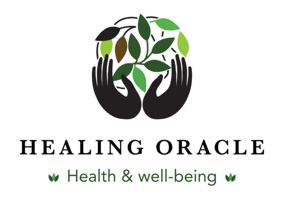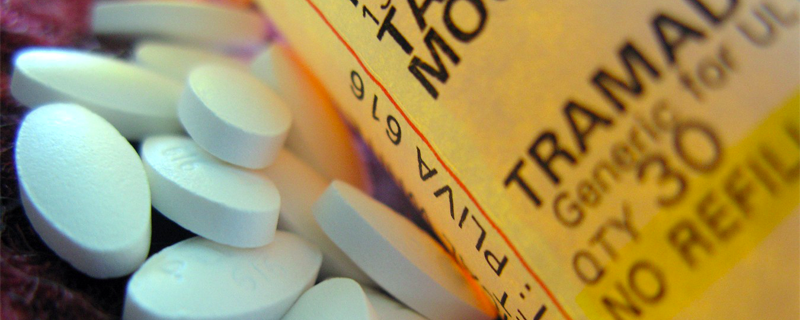Imagine a prescription medication that relieves pain just as well as narcotics like Oxycontin, but isn’t addictive. Too good to be true?
Turns out, yes.
For years, that was the case with Tramadol, a synthetic opioid drug that was released in 1995 under the brand name Ultram to great expectations. This new drug seemed to offer all the benefits of more powerful, more addictive drugs, but with fewer of the downsides of dependency — at least in clinical trials. This was apparently in part because trials examined tramadol use by injection, but it is manufactured — and far more potent — in pill form.
And if the drug was unlikely to make people dependent, it was not likely to be abused, unlike other opioid alternatives like Vicodin (also known as Norco), Percocet — let alone be as dangerous as high potency opioid medications like morphine, Dilaudid, or Fentanyl.
So for many years, Tramadol was widely prescribed by doctors as a “safer” alternative to narcotics for pain. The difference between narcotics andopioids is subtle, but opioids are natural or synthetically made drugs that function metabolically in the body like opium derivatives derived from poppy plant, while narcotics is more often used as a legal term, classifying drugs that blur the senses and produce euphoria, including cocaine and other non-opiates.
Indeed, unlike other opioid drugs, the Drug Enforcement Agency didn’t classify Tramadol as a controlled substance, because the FDA believed it had a low potential for abuse.

Though there were concerns about tramadol abuse in the years after release, the FDA repeatedly determined that the drug was not being widely abused, and so left it as an unscheduled drug.
This made Tramadol a particularly dangerous drug — because it was, in fact, highly addictive and prone to abuse. But because it was easier to obtain and had less concerns from physicians, it was more widely prescribed. Over the years, as often happens, a difference between clinical trials and the real world started to emerge. Emergency rooms began to report a growing number of overdoses related to Tramadol, even as the number of prescriptions soared, especially after the drug went off patent and cheaper generic versions became available in 2009. In 2013, nearly 45 million prescriptions for tramadol were written for patients in the U.S., nearly doubling in just five years.
In fact, one of the reason people like taking Tramadol is because for some people it works as an antidepressant, producing euphoria or energy, unlike other opioids which tend to make people drowsy. This has led it being used recreationally, while people still go to work or live their daily lives.
The problem didn’t just emerge in the U.S. Tramadol has become a widely available and widely abused drug across the world, as a recent report in the Wall Street Journal spelled out, pointing out horrible abuse in African nations of Cameroon and Nigeria. Ireland has seen overdoses from Tramadol soar. Egypt has been another victim of the misleading perceptions of the drug, as cheap pills have spread as daily-helpers among the poor and working class.
Finally, in 2014, the DEA finally changed Tramadol to a Schedule IV designation as a controlled substance. But the World Health Organization continues to classify the drug without restriction, under the belief that it would become much more difficult to obtain by people who need legitimate pain relief, according to the Wall Street Journal report.
When you actually consider the real world experience of people taking the drug, however, it quickly becomes evident that Tramadol, like other opioids prescribed for pain relief, also carries the trade off of dependency and withdrawal. Among the 50 or so first-person reports on Iodine.com, many Tramadol users cite these effects.
“I wish I knew this was an addictive narcotic. My doc told me it was non narcotic,” offered one user, who identified herself as a 36 year old woman.
Love and Light
The Healing Oracle Team
Please join our growing numbers on MeWe: Healing Oracle
Also join us on Twitter | YouTube
Global Petition
Please sign our global petition against enforced vaccinations The intention of this petition is to present 5 million signatures to each President, Prime Minister, Health Minister and heads of state worldwide.
Vaccines are a global problem and need to be tackled on a global level.
If we stand as one, we have a chance of saving the children of the future.

